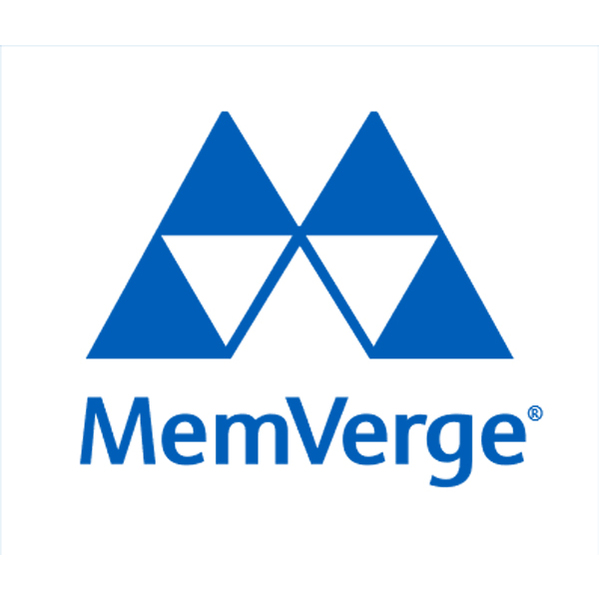 MILPITAS, Calif. – June 22, 2023 – MemVerge, a cloud automation company, today unveiled Memory Machine Cloud Essentials, Pro, and Enterprise built on the company’s Cloud Automation 2.0 technology. The platform is aimed at analytic application users and intended to empower those who are non-cloud experts to take advantage of cloud computing.
MILPITAS, Calif. – June 22, 2023 – MemVerge, a cloud automation company, today unveiled Memory Machine Cloud Essentials, Pro, and Enterprise built on the company’s Cloud Automation 2.0 technology. The platform is aimed at analytic application users and intended to empower those who are non-cloud experts to take advantage of cloud computing.
Memory Machine Cloud is designed to deliver high-availability for thousands of non-fault-tolerant apps running on low-cost Spot instances and it allows workloads to “surf” the cloud to optimize cloud resource usage continuously during runtime.
Memory Machine Cloud has achieved Spot Ready status with AWS and is integrated with popular development environments like Jupyter Notebook and RStudio as well as workflow managers such as Nextflow and Cromwell. Users are invited to get started today with Memory Machine Cloud Essentials, which is free forever.
“App users want to seize control of cloud computing and its cost without becoming a cloud expert or relying on another organization,” said Jon Jiang, COO, MemVerge. “Memory Machine Cloud democratizes cloud computing by making it extremely simple to run apps in the cloud and by automating the previously complicated tasks of optimizing cost, performance, and availability.”
Non-cloud-experts empowered to cloud compute – Instead of waiting on cloud IT to configure and submit workloads, the Float automated job management service configures the cloud for you. For the first time, data scientists can easily submit jobs in as little as 1 minute. See for yourself with the SimSurf Simulator.
Spot is now safe for non-fault-tolerant apps – Using groundbreaking AppCapsule
According to Vince Pagano, Senior Scientific Programmer, TGen, “I was getting up to 80% batch failure rates with Spot EC2. Now with SpotSurfer we have already brought failure rates due to spot reclaims to below 1%, and we are just getting started.”
Optimize continuously during runtime – Without Memory Machine Cloud, cloud resources are routinely over-provisioned for the peak requirements of bursty applications. The breakthrough WaveRider continuous right-sizing service enables workloads to “surf” automatically to smaller or larger instances during job runtime based on their real-time resource needs. The result for users like Honsun and TGen is fine-grained optimization that delivers both minimum cost and maximum performance.
No user experience changes are needed for users – Because Memory Machine Cloud is seamlessly integrated with existing development environments like RStudio and workflow managers such as Nextflow.
Free software that’s essential for every organization – Memory Machine Cloud Essentials is free forever and includes the Float job automation service and WaveWatcher resource and cost observability service. With Memory Cloud Essentials, cloud computing is now simple enough for data scientists to manage and control, while WaveWatcher will profile resource usage and identity opportunities for optimization.
To unlock the power of Cloud Computing, MemVerge set out to build software that enabled all applications, including stateful apps, to be serverless. That means application owners can focus on their subject areas and never need to worry about configuration and optimization of servers or other cloud resources, nor depend on another team to do so.
The MemVerge Cloud Automation 2.0 software architecture decouples stateful apps from servers with AppCapsule technology. A stateful application is one whose execution depends on the data stored in memory. Because memory is not persistent, when the server hardware reboots or changes, the data in memory is lost, and the application must start from the beginning again. The MemVerge AppCapsule creates a snapshot of all the data in memory, and all the application states required to restore the application to this moment in time, as well as the data on storage.
With AppCapsule technology, MemVerge can automagically transport application runtime across different machines, even different clouds. This lays the foundation for the automations that make it possible for non-cloud experts to deploy, manage, and optimize apps in the cloud independently.



